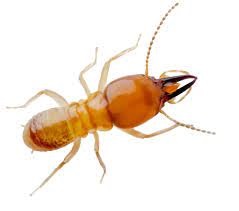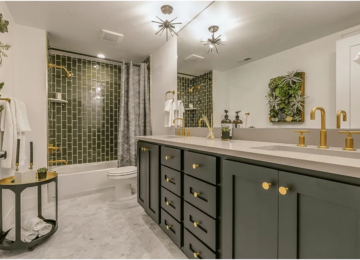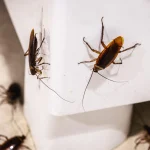Many Glen Ellyn homeowners quickly learn that they are facing multiple types of pest invasions. If you see a cockroach zipping away across your kitchen, ants usually follow behind; where ants are, spiders will come and hunt them. Mix in a few stray mice looking for refuge in your basement, and your calm residential home turns into a well-populated ecosystem of transients.
This scenario of two pests is not by accident; the unique environmental conditions in Glen Ellyn combine to make these perfect storm situations for infestations. Because of the interconnectedness of these pest problems, attempts to treat just one species leave frustrated homeowners watching others continue to thrive. When the infestations are complex, overlap, and need comprehensive solutions, a Top-rated pest control company in Glen Ellyn and their help becomes essential.
Glen Ellyn’s Ideal Pest Habitat: Which Are They?
-
Moisture-Rich Basements and Crawl Spaces
Naturally humid basements (the clay-heavy soil here retains moisture), basements, and humidity attract cockroaches and various moisture-seeking ants.
-
Mature Tree Coverage
Glen Ellyn has other established neighborhoods with oak and maple trees that create natural highways for ants and a holiday shelter for rodents that hunker down in the basements when the weather turns cold.
- Seasonal Temperature Fluctuations
Because Illinois winters cause rodents to seek warmth inside buildings, spring temperatures spur ants, and summer heat causes cockroaches to abandon their hiding spots.
-
Food Sources and Garden Areas
Pests also have more than one feeding opportunity, such as multiple places where they can eat in every room of the house (kitchen crumbs, backyard gardens, pet food storage, etc.), all of which feed multiple pest populations at once.
-
Construction Materials
Most Glen Ellyn homes, built with wood frames and brick exteriors, provide unlimited access and nesting sites for various pest species.
-
Neighborhood Density
Once close to homes, pests can migrate from one home to another, resulting in patterns of infestation across an entire community.
According to recent data, Glen Ellyn has 71% more basement moisture than surrounding communities, leading to enhanced pest activity.
How One Pest Attracts Another?
While some pests will sometimes interact with other pest species, the pest food chain most often explains why Glen Ellyn homes never experience single-species infestations. These pests also attract different pests, creating an ecosystem in the walls of your living space.
Cockroaches can detect the pheromone trails left by ants and use them to find food. When cockroaches move into your kitchen or pantry, they leave droppings and skin that attract spiders on the hunt for easy meals.
Rodents play a significant role in this cycle by leaving food crumbs and making small holes in walls that ants can find and enter through. They also attract some species of ants that feed on organic matter with their urine and droppings. In Glen Ellyn, during its brutal winters, on the other hand, cold-sensitive cockroaches flock to the warmth that rodent nests provide.
The timing matters too. The spring ant frenzy never fails to correspond with the cockroach mating season, and the fall rodent invasion arrives right before the spiders need to come indoors. Consequently, Glen Ellyn homeowners often have two or more pest problems at once, instead of one after another.
The Problem with DIY: You Are Likely Missing the Bigger Picture
Glen Ellyn residents most often solve one pest problem at a time, unaware that they are fighting an interconnected war. Houses in Glen Ellyn that do not call in professionals 72 hours after discovering bed bugs are 67% more likely to see a return within six months with only DIY methods, according to local pest control figures.
Pointe Pest Control recognizes that the relationships between insect species can be very complex and creates treatment plans that interrupt the cycle of attraction rather than simply targeting individual species. Glen Ellyn pest control experts also understand that the best pest management is to treat the environment as opposed to just the pest you can see.











